Tire treads tell a story—a silent narrative of winding roads, sudden stops, and miles traveled. Yet, when the patterns begin to wear unevenly, that story takes on a new chapter filled with questions and concerns. What causes this imbalance? Is it a sign of a deeper problem lurking beneath your vehicle’s surface? Uneven tire wear isn’t just a cosmetic issue; it’s a clue pointing to the health of your car’s alignment, suspension, and even your driving habits. In this article, we’ll explore the common causes behind uneven tire wear, helping you decode the signs before they impact your safety and your wallet.
Table of Contents
- Understanding the Role of Tire Alignment in Wear Patterns
- The Impact of Suspension Issues on Tire Longevity
- How Tire Pressure Variations Accelerate Uneven Wear
- Exploring the Effects of Driving Habits on Tire Condition
- The Importance of Regular Tire Rotation and Balancing
- Choosing the Right Tires to Minimize Uneven Wear Risks
- Q&A
- Future Outlook
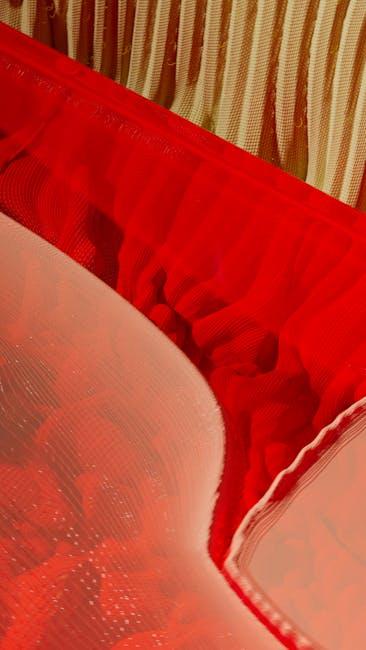
Understanding the Role of Tire Alignment in Wear Patterns
Proper tire alignment is crucial in maintaining uniform contact between the tires and the road surface. When alignment is off, the tires don’t sit perfectly perpendicular to the road or parallel to each other, causing certain sections to bear more weight and friction than others. This uneven pressure leads to distinct wear patterns, often seen as feathering, camber wear, or toe wear on tire edges. By regularly checking and adjusting alignment, you not only extend the tire’s lifespan but also improve fuel efficiency and handling performance.
Common signs of misalignment affecting wear include:
- Inner or outer edge wear: Indicates camber problems where the tire tilts inward or outward.
- Patchy or scalloped tread: Usually results from incorrect toe settings causing the tire to scrub.
- Uneven tread blocks: A sign that suspension or alignment angles are off balance.
| Alignment Issue | Effect on Wear | Visible Signs |
|---|---|---|
| Camber | Wear on inner or outer edge | Uneven side wear |
| Toe | Feathered or scalloped tread | Uneven tread blocks |
| Caster | Minimal direct wear, affects steering | Pulling or wandering |

The Impact of Suspension Issues on Tire Longevity
When suspension components wear out or become misaligned, they directly influence how your tires make contact with the road. This misalignment can cause certain areas of the tire to endure excessive pressure, leading to uneven wear patterns. Over time, this not only shortens the lifespan of your tires but also compromises traction and handling, increasing the risk of accidents. Common suspension issues that accelerate tire degradation include worn ball joints, damaged control arms, and failing shock absorbers, each altering the vehicle’s geometry in unique ways.
Addressing suspension problems promptly can prevent costly tire replacements and maintain optimal driving performance. Consider the following indicators that your suspension might be affecting tire health:
- Uneven tread depth across tires
- Frequent vehicle pulling to one side
- Bumpy or unstable ride quality
- Visible damage to suspension parts
| Suspension Part | Effect on Tires | Wear Pattern Example |
|---|---|---|
| Shock Absorbers | Uneven tread feathering | Wave-like edges |
| Ball Joints | Edge tire wear | Excessive outer edge wear |
| Control Arms | Camber wear | Inner or outer edge wear |
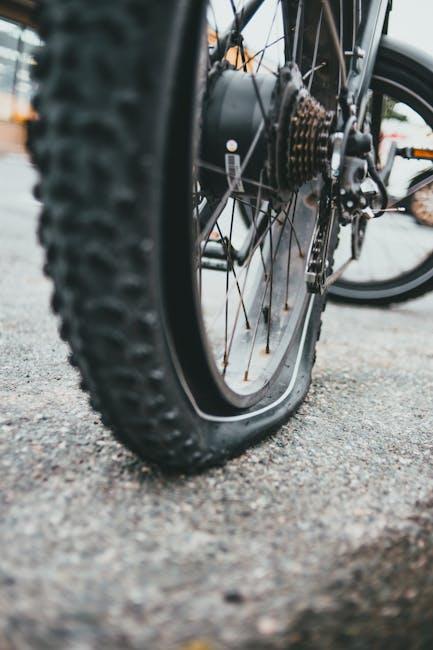
How Tire Pressure Variations Accelerate Uneven Wear
Tire pressure plays a pivotal role in how evenly your tires wear down. When the pressure dips below recommended levels, the tire’s outer edges bear the brunt of the load, causing faster wear on the shoulders. Conversely, overinflation forces the center of the tread to take more contact with the road, leading to excessive wear down the middle. Both extremes disrupt the tire’s natural balance and can lead to premature replacement. Regularly checking and adjusting tire pressure is a simple yet crucial way to avoid this uneven wear pattern.
Here’s a quick breakdown of how different tire pressures affect wear:
- Underinflated tires: Increased friction on edges causing worn sidewalls
- Overinflated tires: Reduced contact patch overall but intensified wear in the center
- Properly inflated tires: Even tread contact and balanced wear patterns
| Pressure Level | Wear Pattern | Impact |
|---|---|---|
| Below Recommended | Edges | Reduced fuel efficiency, instability |
| At Recommended | Even tread | Optimal performance, longevity |
| Above Recommended | Center | Harsh ride, early tread wear |
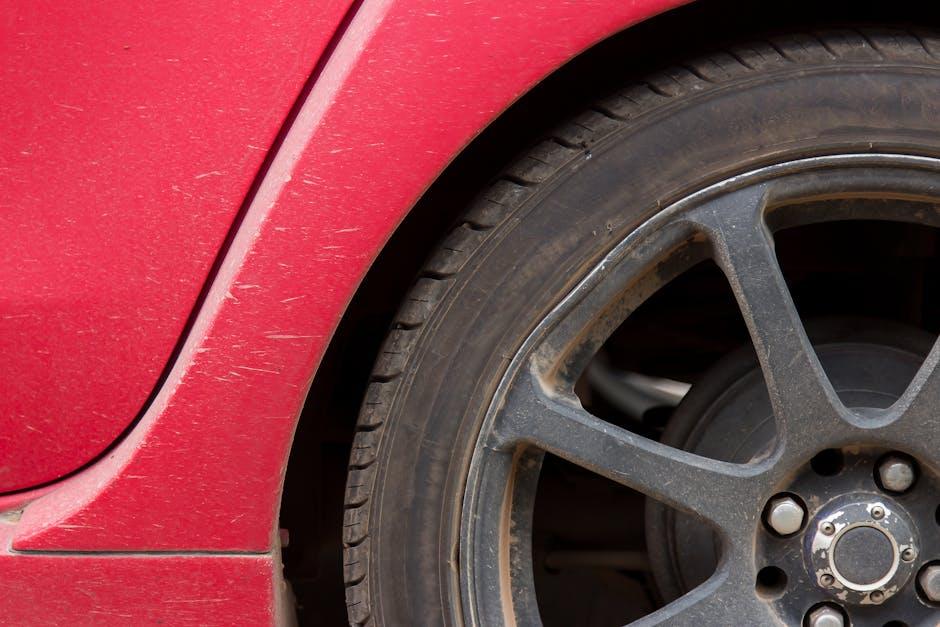
Exploring the Effects of Driving Habits on Tire Condition
Understanding how different driving habits impact tire health can help extend the lifespan of your tires and enhance overall vehicle safety. Frequent hard braking, aggressive cornering, and rapid acceleration put extra stress on specific areas of your tires, causing them to wear unevenly. These habits create excessive friction patterns that, over time, carve out irregular tread wear and weaken the rubber’s structural integrity.
Moreover, factors like consistent high-speed driving on poorly maintained roads or improper tire inflation exacerbate uneven tire degradation. Here’s a quick breakdown of how certain behaviors affect tire condition:
- Hard Braking: Causes flat spots and premature tread wear.
- Frequent Cornering: Leads to excessive wear on outer edges of the tires.
- Improper Inflation: Under-inflation wears edges; over-inflation wears the center tread.
- Poor Road Conditions: Can cause sidewall damage and irregular tread patterns.
| Driving Habit | Type of Tire Wear | Effect on Tire Longevity |
|---|---|---|
| Aggressive Acceleration | Center Tread Wear | Shortens tread life by 20% |
| Improper Inflation | Edge or Center Wear | Causes uneven wear, reduced grip |
| Frequent Hard Braking | Flat Spots | Leads to vibrations, early replacement |
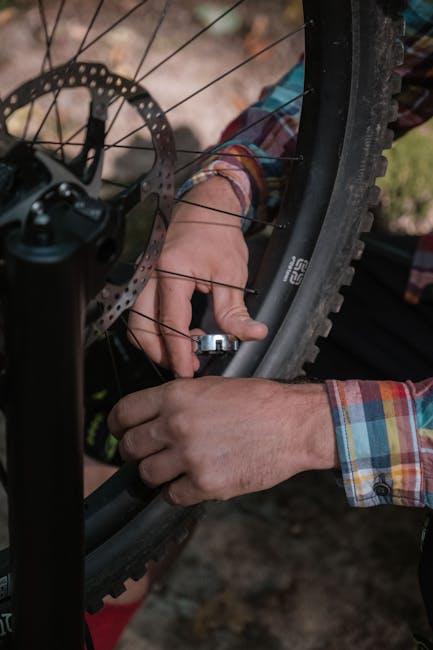
The Importance of Regular Tire Rotation and Balancing
Keeping your tires in peak condition goes beyond just checking the pressure. Over time, tires wear unevenly due to a variety of factors, and regular rotation and balancing are key to extending their life and ensuring safe driving. When tires aren’t rotated at recommended intervals, the weight distribution on each wheel becomes unbalanced, causing some tires to wear out prematurely. This imbalance can lead to vibrations while driving, negatively affecting your vehicle’s handling and fuel efficiency.
Regular tire rotation and balancing offer more than just a smoother ride. Consider these benefits:
- Enhanced Tire Longevity: Distributes wear more evenly across all tires.
- Improved Fuel Efficiency: Balanced tires reduce rolling resistance.
- Better Vehicle Handling: Minimizes vibrations and uneven tire grip.
- Cost Savings: Prevents premature tire replacement and potential costly repairs.
| Service | Recommended Interval | Impact on Tires |
|---|---|---|
| Tire Rotation | Every 5,000-7,500 miles | Balanced wear distribution |
| Wheel Balancing | At tire change or vibration onset | Smoother ride, reduced vibration |
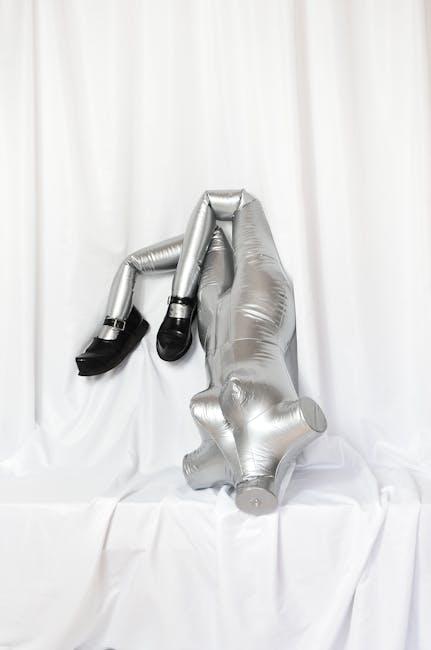
Choosing the Right Tires to Minimize Uneven Wear Risks
Picking the perfect tire isn’t just about brand or price — it’s a careful dance between your vehicle’s needs and the road conditions you face. Opt for tires that offer consistent tread patterns designed to distribute weight evenly across the surface, reducing hotspots that could lead to premature wear. Additionally, consider the compound of the rubber; harder compounds tend to last longer but may sacrifice grip, while softer compounds offer better traction but wear out faster. Balancing these factors based on where and how you drive can significantly lower the risk of uneven tire wear.
When shopping, focus on features that promote longevity and stability, such as reinforced sidewalls and balanced tread designs. Here’s a quick guide to tire types and their wear characteristics:
| Tire Type | Wear Pattern | Best For |
|---|---|---|
| All-Season | Even wear on paved roads | Year-round comfort and durability |
| Performance | Faster wear on edges | Sporty driving with road grip |
| All-Terrain | Irregular wear on pavement | Mixed on/off-road conditions |
- Regularly rotate your tires to prolong even tread life.
- Invest in quality alignment services to pair your tires perfectly with your steering dynamics.
- Keep tire pressures optimal, as under or over-inflation causes uneven stress and wear.
Q&A
Q&A: What Causes Uneven Tire Wear?
Q1: Why do tires wear unevenly?
A1: Uneven tire wear happens when certain parts of the tire tread carry more stress or friction than others. This imbalance can be caused by several factors, including alignment issues, improper inflation, suspension problems, or even driving habits.
Q2: How does tire alignment affect wear?
A2: When your wheels aren’t properly aligned, tires can lean too much inward or outward (camber), point too far left or right (toe), or sit at the wrong angle front-to-back (caster). These misalignments cause uneven contact with the road, leading to faster wear on one edge of the tire.
Q3: Can tire pressure cause uneven wear?
A3: Absolutely! Overinflated tires tend to wear more quickly in the center of the tread, since the tire bulges outward. Underinflated tires wear more on the edges because the tire flattens out and the sides scrub against the road. Keeping tires properly inflated promotes even wear.
Q4: What role does the suspension play?
A4: Your vehicle’s suspension system keeps tires stable and evenly pressed against the road surface. Worn shocks, struts, or other suspension components can cause tires to bounce or tilt erratically, resulting in patchy wear patterns like cupping or scalloping.
Q5: Can driving habits cause uneven tire wear?
A5: Yes, aggressive driving—think hard cornering, rapid acceleration, or sudden braking—puts extra strain on tires unevenly. Over time, this can cause tread to wear down quicker in spots exposed to higher forces.
Q6: How can I prevent uneven tire wear?
A6: Regular maintenance is key! Rotate tires every 5,000 to 8,000 miles, check and adjust tire pressure monthly, align your wheels as recommended, and inspect suspension components routinely. Smooth driving habits help too!
Q7: Is uneven tire wear dangerous?
A7: Uneven wear can reduce traction and handling, increasing the risk of blowouts or loss of control, especially in wet or slippery conditions. It also shortens tire lifespan—so it’s best to address issues early.
Q8: When should I see a professional?
A8: If you notice uneven tread patterns, vibrations, pulling to one side, or decreased ride comfort, it’s time for a tire and alignment check. Early intervention saves money and keeps your ride safe.
Future Outlook
In the intricate dance between rubber and road, uneven tire wear tells a story—one of alignment, balance, and care. By understanding the underlying causes, from misaligned wheels to improper inflation, we equip ourselves to extend the life of our tires and enhance safety on every journey. After all, keeping your tires wearing evenly isn’t just about preserving a part of your vehicle; it’s about ensuring each mile is traveled with confidence and control. So, the next time you notice those telltale signs, remember—it’s not just wear and tear, but a signal to take the wheel of your vehicle’s maintenance with informed attention.

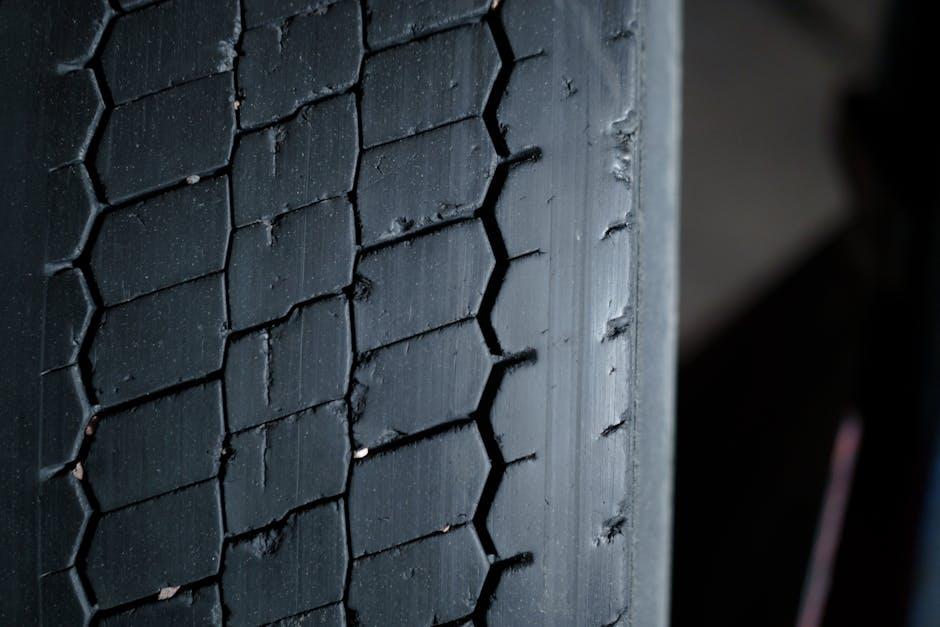
2 Comments
0w24he
0w24he